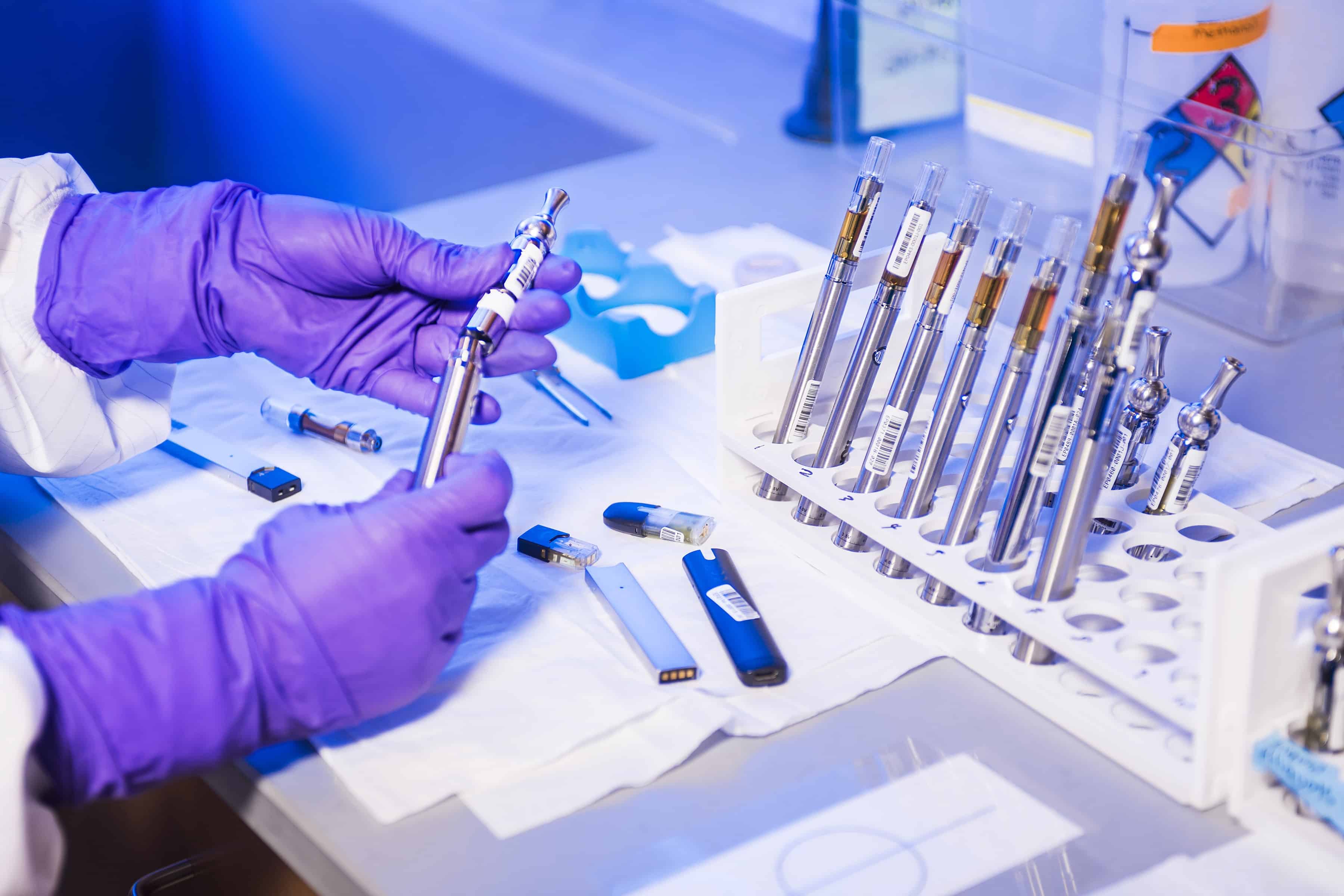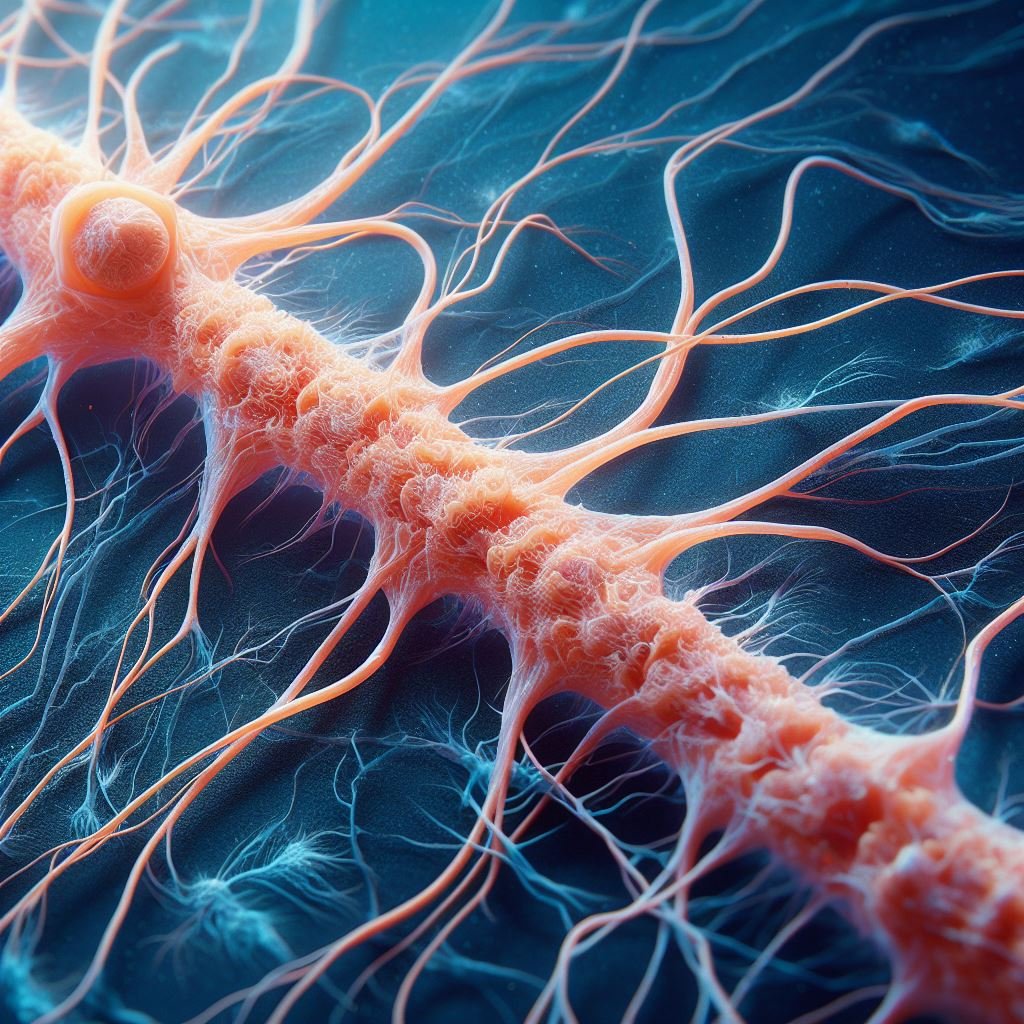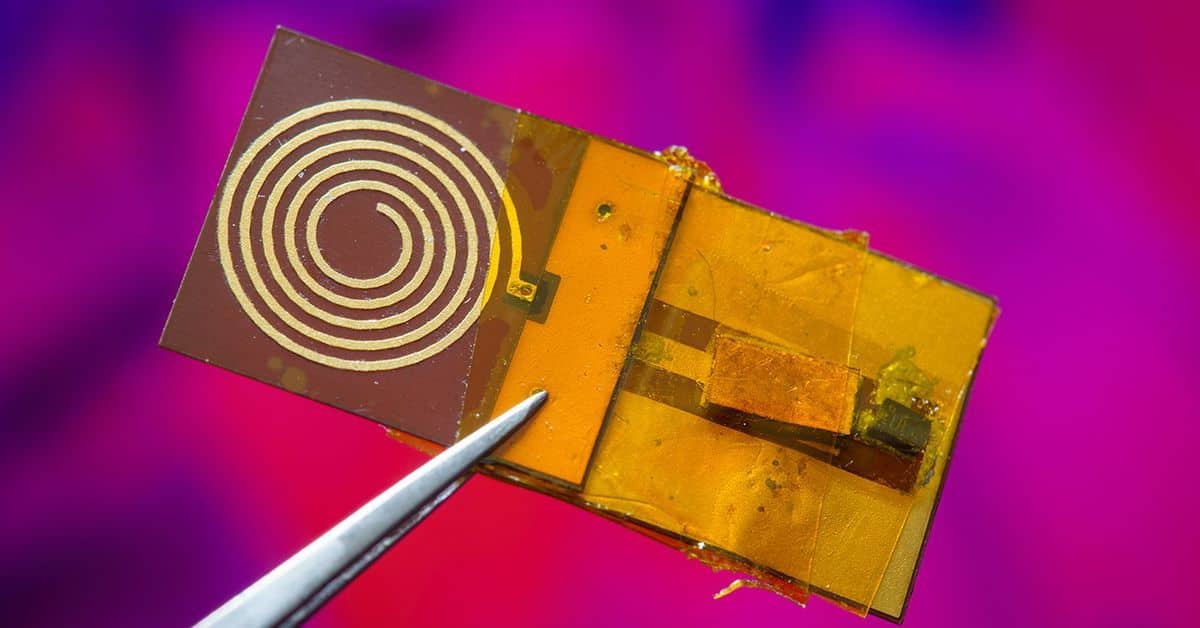
A revolutionary study by Yuvan Research reveals the successful reversal of biological age in rats by over 50%, marking the first instance of cross-species epigenetic transfer. The results of the study were published in GeroScience. The therapy, dubbed E5, utilizes extracellular nanoparticles from young porcine plasma, injecting them into elderly rats and yielding significant youthfulness within days. The implications of these findings suggest that similar results in humans could mean reverting an 80-year-old to the biological age of 26. The research broadens the horizons of aging biology and could have applications beyond rats.
- A revolutionary study by Yuvan Research reverses aging in rats by over 50% using young pig plasma nanoparticles.
- Results imply similar therapy could revert 80-year-old humans to age 26 biologically.
- Potential applications beyond humans in veterinary medicine and conservation biology.
Extracellular nanoparticles: the elixir of youthfulness?
Extracellular nanoparticles derived from young plasma of another species – pigs, in this instance – are at the heart of the E5 therapeutic developed by Harold Katcher and his colleagues at Yuvan Research. These nanoparticles, including exosomes, are injected into elderly rats, resulting in unprecedented rejuvenation effects. Exosomes are nanosized particles that carry bioactive molecules involved in cell communication.
The E5 therapeutic represents the world’s first demonstration of cross-species epigenetic transfer, a groundbreaking discovery in the field of aging biology. It is a significant stride towards the ambitious goal of reversing biological aging, and the results hint at the vast potential of extracellular nanoparticles as an anti-aging resource.
The measure of youthfulness: epigenetic clocks
The remarkable youthfulness in rats was quantified using an invention by Steve Horvath, PhD, formerly a Professor of Genetics and Biostatistics at UCLA. Known as epigenetic clocks, these tools measure biological age using DNA methylation. The study applied six different epigenetic clocks to rat tissues, revealing a staggering average reversal of 67.4% in the biological age of treated elderly rats.
What’s more, the results were robustly supported by parallel rodent studies from different labs, adding credence to the findings. The rejuvenation effects were even more pronounced according to the resultant epigenetic clocks, with the rejuvenation of liver at a striking 77.6%.
Implications for humans
While the study was conducted on rats, the implications are profound. If these results translate similarly to humans, it could equate to an 80-year-old reverting to the age of 26. This prospect is not just exciting for those wishing to turn back the clock on their aging but also holds potential for addressing aging-related diseases.

As Akshay Sanghavi, one of the co-founders of Yuvan Research, who embarked on this venture to ‘cure’ aging after losing his mother to diabetes, states, “This study has shown that it is possible to reverse biological aging.” The results were confirmed by another aging clock, GlycanAge, showing a reversal of around 50% in biological age.
Beyond humans: veterinary and conservation applications
Interestingly, the potential of this research extends beyond humans. As Michael Snyder, Chair of the Department of Genetics and Professor of Genetics at Stanford University, who is on the Scientific Advisory Board of Yuvan Research, noted, “The results are stunning and have enormous potential, not just for humans, but also for animals including pets.” This could mean that our furry friends will also benefit from the age-reversing effects of the E5 therapeutic.
Furthermore, the implications of the research could extend to conservation biology and animal husbandry, opening up wide-ranging possibilities. The ability to extend the healthy lifespan of other species could revolutionize the way we approach conservation and animal care.







